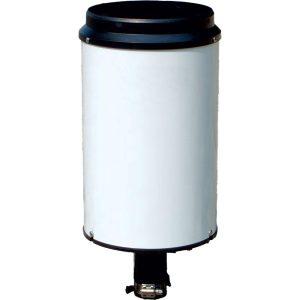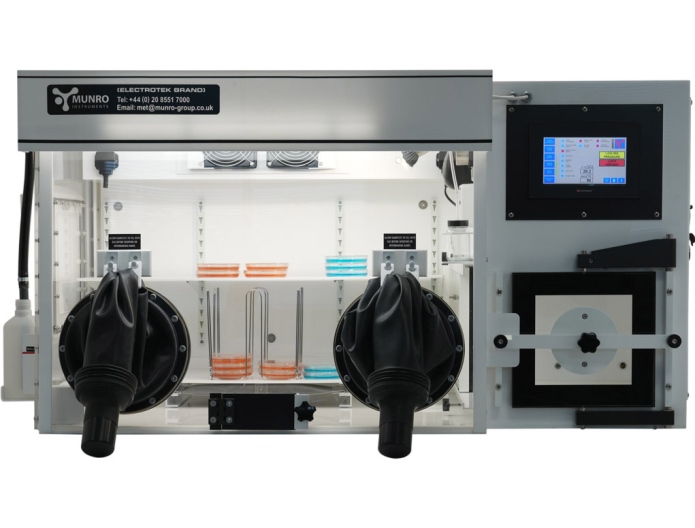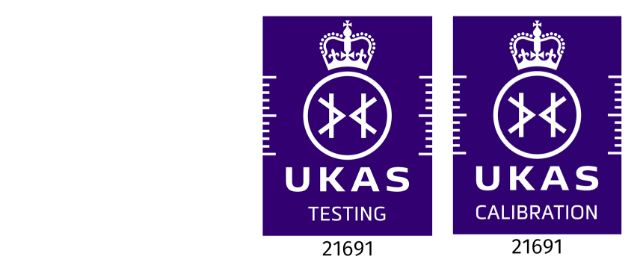Questions and Answers Tipping Bucket Rain Gauge
1. How does a tipping bucket rain gauge work?
A tipping bucket rain gauge measures rainfall by collecting it in a small, funnel-shaped collector that directs water into a two-compartment bucket mounted on a pivot. When one side of the bucket fills to a calibrated amount (e.g., 0.2 mm or 0.01 inches), it tips over, emptying its contents and positioning the opposite side to collect water. Each tip activates a magnetic or optical sensor, generating an electronic pulse that is recorded as a fixed amount of rainfall.
2. What are the advantages and disadvantages of using a tipping bucket rain gauge compared to other types?
Advantages:
- Provides continuous and real-time rainfall measurement.
- Simple, robust, and relatively low maintenance.
- Digital output allows easy integration with data loggers and telemetry systems.
- Good accuracy for light to moderate rainfall events.
Disadvantages:
- Can under-measure rainfall during high-intensity events due to water spilling while the bucket tips.
- Requires regular calibration for consistent accuracy.
- Susceptible to blockage from debris or insects if not maintained.
3. How is a tipping bucket rain gauge calibrated?
Calibration is typically performed by introducing a known, controlled volume of water at a constant flow rate through the funnel. The number of tips is counted, and the volume per tip is adjusted (usually by changing the bucket balance screws) until it matches the desired resolution. Manufacturers often recommend annual or biannual calibration, depending on environmental conditions.
4. What are the typical applications for this type of rain gauge?
- Meteorological stations for climate and weather monitoring.
- Hydrology and flood warning systems.
- Agriculture and irrigation management.
- Environmental research projects.
- Urban stormwater management systems.
5. What factors can affect the accuracy of a tipping bucket rain gauge?
- Rainfall intensity: Very high rates can cause under-reporting.
- Wind: Can alter how much water enters the funnel.
- Temperature: Freezing can block the funnel.
- Debris: Leaves, dust, and insects can block water flow.
- Installation: Tilted or unstable mounting affects measurements.
6. How are the electronic signals from the tipping bucket converted into rainfall data?
Each bucket tip closes or opens a reed switch or optical sensor, generating an electrical pulse. A data logger or telemetry unit counts the pulses and multiplies them by the calibration factor (mm or inches per tip) to calculate total rainfall over a period.
7. What are the common materials used for the construction of the tipping bucket and the housing?
- Bucket: Typically made from corrosion-resistant plastic or anodized aluminum.
- Housing: Powder-coated aluminum, stainless steel, or UV-stabilized plastic for durability.
- Funnel: Smooth plastic or metal to minimize adhesion of water and debris.
8. How is a tipping bucket rain gauge designed to handle high-intensity rainfall events without significant measurement errors?
Some designs use:
- Smaller bucket volume: Speeds up tipping to handle fast rainfall rates.
- Counterbalance adjustments: Improves stability during rapid filling.
- Dual-bucket configurations: Ensures one side is always ready to collect.
However, at extremely high intensities, all tipping bucket designs have some inherent error, and specialized optical or weighing gauges may be preferred.
9. What is the resolution of a typical tipping bucket rain gauge (i.e., the amount of rainfall per tip)?
Most standard rain gauges are calibrated to 0.2 mm (0.008 inches) per tip. High-resolution models can measure as low as 0.1 mm per tip, while some research-grade gauges can go down to 0.01 inches (0.254 mm) per tip.






